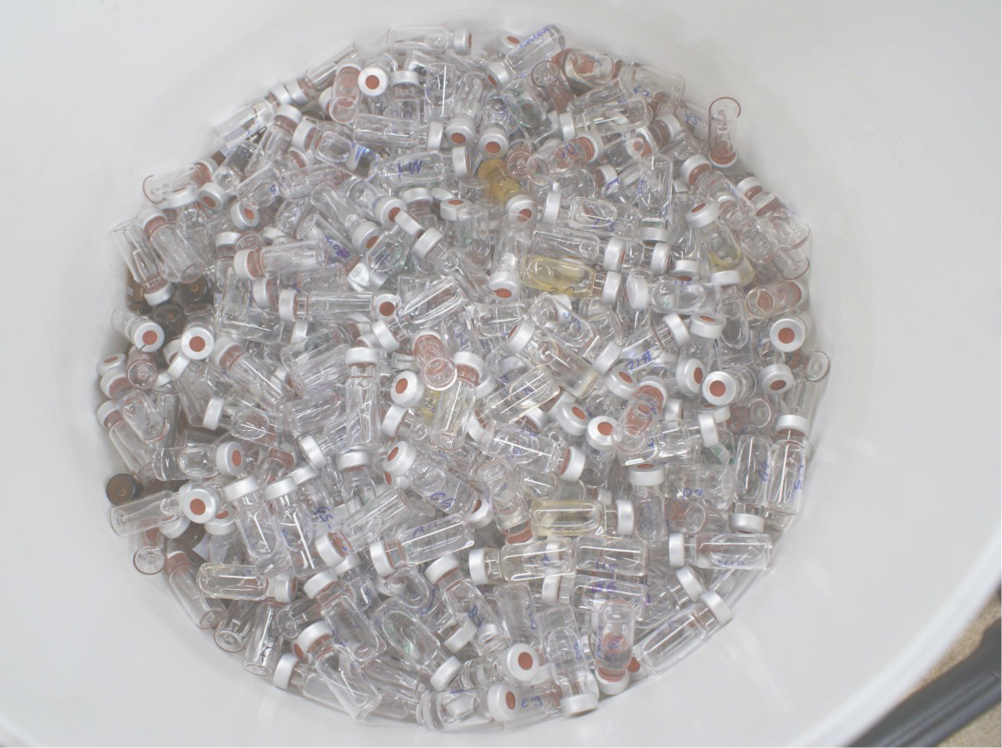
In most heterogeneous catalytic processes, the reactive environment contains a mixture of reactants, intermediates, and products, and some adsorbed-trapped on the catalytic surface and elsewhere. Thus, most reacting environments in catalysis are complex, involve several phases (multiphase), and comprise unstable species or are challenging to analyze. To make things worse, some of these species have (auto-)catalytic or deactivating nature on the kinetics of the surrounding ones.
A typical practice in catalysis is using model molecules or surrogates to deepen into the mechanistic pathways, microkinetics, spectroscopy, etc. Conversely, analytical techniques keep evolving, becoming more precise but always targeting a specific fraction or type of species. That is to say, there is only one technique that solves all.
We aim to bridge the fundamental research performed in our group and outside using model molecules with a powerful analytical multi-technique approach to analyze the entire reaction media. The -omics fields inspire us to reflect on the collective characterization and quantification of pools of molecules that translate into the structure, function, and dynamics involved. We apply our approach to hydrocarbon transformations and green-sustainable feedstock (i.e., waste plastics, sewage sludge, biomass, algae, and seaweed). We develop multi-technique analytical protocols for the complete chemical molecular-level description of complex mixtures.
Undoubtedly, hydrogen (H2) is a clean feedstock and energy carrier whose sustainable production should be anticipated. The pyrolysis of biomass or waste plastics and the subsequent reforming over base (transition) or noble metals supported catalysts allows reaching elevated H2 yields. However, the catalyst used in the reforming step undergoes a rapid and severe deactivation by means of a series of physicochemical phenomena, including metal sintering, metallic phase oxidation, thermal degradation of the support and, more notoriously, coke deposition. This review deals with the currently existing alternatives at the catalyst and reactor level to cope with catalyst deactivation and increase process stability, and then delves with the fundamental phenomena occurring during this catalyst deactivation. An emphasis is placed on coke deposition and its influence on deactivation, which depends on its location, chemical nature, morphology, precursors or formation mechanism, among others. We also discuss the challenges for increasing the value of the carbon materials formed and therefore, enhance process viability.